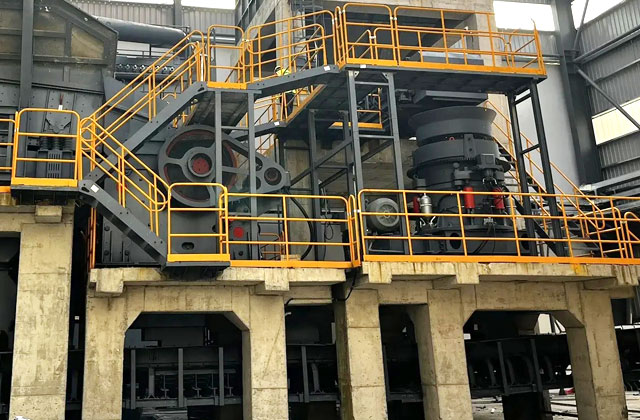Iron ore is one of the most essential raw materials in the steel manufacturing industry. Its extraction and processing involve multiple stages, beginning with mining and ending with refined materials suitable for smelting. The crushing stage is a crucial part of this process, as it reduces large ore lumps into manageable sizes for further beneficiation. To ensure efficiency, reliability, and cost-effectiveness, tailored crushing production solutions are essential based on ore characteristics, production capacity, and site conditions.
A typical iron ore crushing production line involves primary, secondary, and sometimes tertiary crushing stages. The process usually begins with a jaw crusher as the primary crusher, which handles large pieces of ore, reducing them to sizes suitable for further processing. Jaw crushers are known for their robust structure and capacity to process hard and abrasive materials like iron ore. The output from the jaw crusher is then fed into cone crushers or impact crushers, which further reduce the particle size. Cone crushers are especially effective for achieving uniform shape and size in the output.

To enhance efficiency and reduce energy consumption, vibrating feeders and screens are integrated into the system. Vibrating feeders regulate the flow of ore into the crushers, preventing overloading and ensuring consistent feed. Meanwhile, vibrating screens are used to separate materials according to size, ensuring that only appropriately sized particles move on to the next stage, while larger ones are returned for further crushing. This closed-loop system enhances productivity and helps achieve a uniform final product, which is critical for downstream processes like grinding or magnetic separation.
A well-designed crushing plant also incorporates dust suppression systems, automation controls, and efficient material handling solutions like conveyor belts and stockpiling systems. Automation plays a key role in modern iron ore crushing facilities by improving safety, reducing downtime, and ensuring consistent operation. Control systems monitor equipment performance and material flow in real-time, allowing for quick adjustments to optimize throughput and product quality.
In conclusion, efficient iron ore crushing production solutions combine rugged machinery, smart process design, and modern automation technologies. By tailoring the system to the specific properties of the ore and the production requirements, operators can achieve high productivity, low energy consumption, and high-quality output. These factors are critical for maintaining profitability and sustainability in today’s competitive mining industry. Whether for a greenfield project or an upgrade of an existing facility, investing in the right crushing solution sets the foundation for a successful iron ore processing operation.
